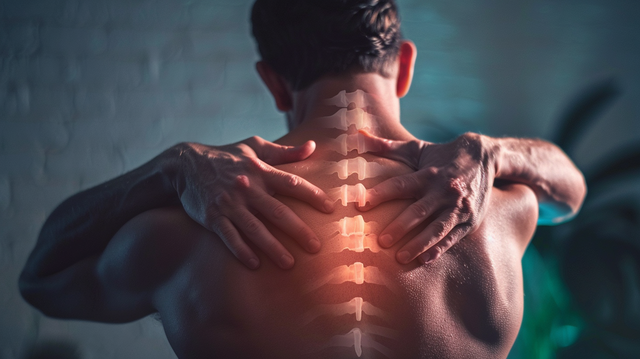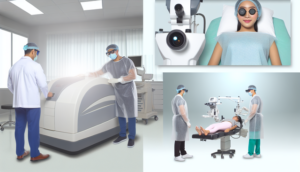
Have you or someone you know been experiencing back pain or numbness in the legs and wondering what might be the cause? Spinal stenosis could be the culprit behind these symptoms. It’s a term that might sound a bit intimidating, but don’t worry, we’re here to break it down for you in simple, easy-to-understand terms. This post is your go-to guide, offering a blend of expert advice and friendly tips on the treatment and management of spinal stenosis.
Understanding Spinal Stenosis
First things first, let’s chat about what spinal stenosis actually is. Imagine the spinal canal as a tunnel through which the spinal cord runs. Now, if that tunnel becomes narrower, it can put pressure on the spinal cord and the nerves around it. That’s spinal stenosis for you. It’s a condition that primarily affects people over the age of 50, though younger folks can experience it due to congenital factors or injuries.
Common Symptoms
- Pain in the back or neck: The most obvious and common symptom that prompts people to seek advice.
- Numbness or tingling: These sensations in your arms or legs can be telltale signs of spinal stenosis.
- Weakness: You might find that your grip isn’t as strong as it used to be or walking becomes a bit of a challenge.
- Balance Problems: A less obvious symptom, but equally important, as it can increase the risk of falls.
Treatment Options
The good news is that spinal stenosis has a range of treatment options. Conservative treatments like physical therapy, medications, and lifestyle changes (think exercising and weight loss) are usually the first line of defense. More severe cases might require injections or even surgery. Let’s break these down:
- Physical Therapy: Tailored exercises can strengthen back muscles, easing the pressure on your spine.
- Medications: Over-the-counter pain relievers and anti-inflammatory drugs can help manage symptoms.
- Injections: Corticosteroid injections near the affected area can reduce swelling and pain.
- Surgery: In cases where other treatments haven’t helped, surgery can relieve pressure on the spinal cord or nerves.
Lifestyle Adjustments for Managing Spinal Stenosis
Making little changes in your daily life can significantly impact your spinal stenosis symptoms. Stay active, but choose low-impact activities like swimming or walking. Pay attention to your posture, especially if you sit for long periods, and try to maintain a healthy weight. These small shifts can make big differences in how you feel.
Finding the Right Support
Finally, remember, dealing with spinal stenosis is a journey, and you don’t have to walk it alone. Consult healthcare professionals who understand your condition, and don’t hesitate to reach out to support groups. Hearing from others who are on the same path can be incredibly reassuring and validating.


